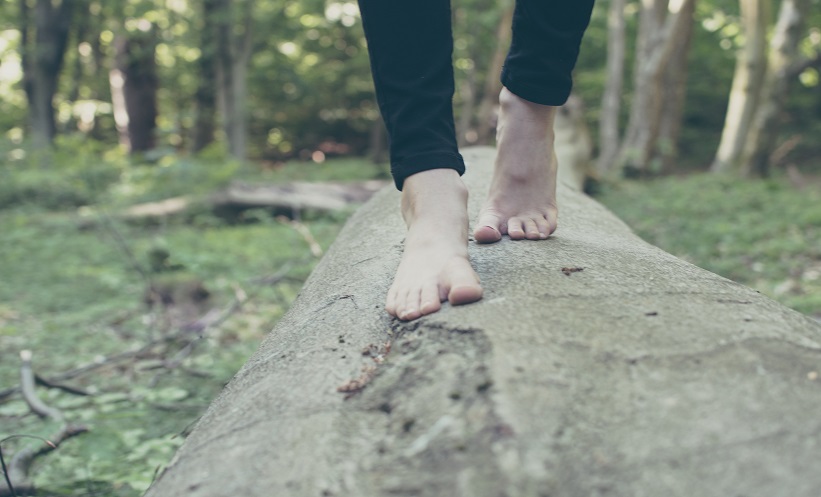LITERATURE on retronychia, a toenail disorder, only came to surface in 1999. The medical term is approximately 20 years old and, therefore, treatment for this condition is lacking. Due to the common features of this nail condition such as yellow discolouration, there has been a misdiagnosis of retronychia and patients are given antifungal therapy for years experiencing no improvement. In the 2022 American Academy of Dermatology (AAD) Annual Meeting, dermatologists shared more information on the pathophysiology of the condition and how it can be identified. This novel insight provides clinical clarity for healthcare professionals, so they are better equipped at diagnosing the condition.
Phoebe Rich, Director of the Nail Disorders Clinic, Oregon Health and Science University, Portland, USA, shared how there is growing literature on the aetiology, diagnosis, and treatments for retronychia. Rich explained that an abnormal formation of the nail bed increases the chance of patients developing retronychia. Other factors that make people susceptible to retronychia includes dancing and wearing high-heels or steel-toed shoes, as this can result in trauma to the toenail bed. In some cases, individuals might be more at risk at developing retronychia if they naturally have a short nail bed. Injury to the nail can push the existing nail from the matrix and nail bed and a new nail begins to grow under the old nail, resulting in layers of nails stacked on top of each other.
Treatment usually involves antifungals and antibiotics; however, infection is not commonly associated with this condition, so these methods of treatment do not work for treating retronychia. Removing the nail does not necessarily fix the root of the problem, although it might seem as if the nail appears normal by 1 year, it can take a few years for the nail to grow back fully. Rich shared another reason the diagnosis can be missed by physicians: “The layering might not be visible without removing the nail.”
In her concluding remarks, Rich shared that ultrasound could be a possible way of accurately diagnosing retronychia. Having more informative literature on this toenail disorder can help dermatologists identify the condition, avoid prescribing antifungals, and consider more effective alternatives. For patients with a short nail bed, there is no cure. Future work could involve working on finding a more specific treatment for patients with retronychia.








